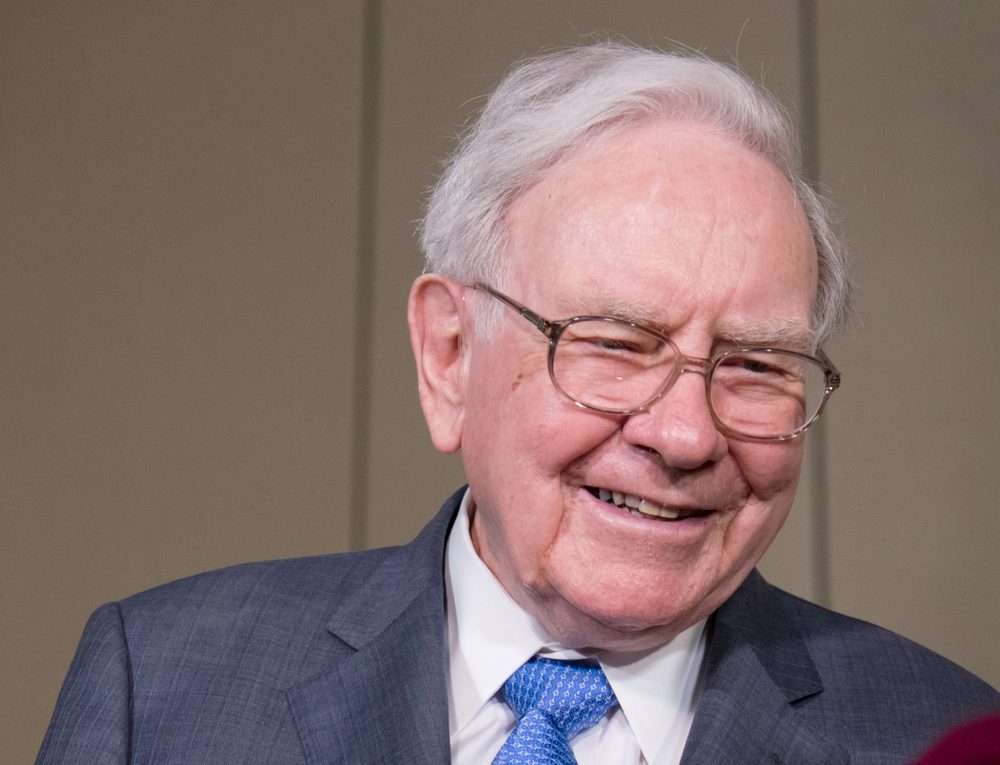Warren Buffett, the legendary CEO of Berkshire Hathaway, is on track to collect over $6 billion in dividends next year, with a significant chunk coming from just three key investments. This impressive dividend income highlights Buffett’s strategic focus on stocks that not only provide steady income but also promise long-term value.
Buffett’s Dividend Heavyweights
Leading the pack in Buffett’s portfolio for dividend income is Bank of America Corp (BAC), set to contribute roughly $991.5 million. Bank of America’s performance in the higher interest rate environment has been stellar, with marked increases in net-interest income boosting its financial standing.
Not far behind is Occidental Petroleum Corp (OXY), from which Berkshire expects to rake in about $964.2 million in dividends, including earnings from preferred stocks. This investment dates back to 2019 when Berkshire injected $10 billion into Occidental at an 8% yield, a strategic move to aid its acquisition of Anadarko.
Tech giant Apple Inc (AAPL) also stands out as a key dividend source for Buffett, projected to add around $878.9 million to Berkshire’s income. Apple’s consistent dividend payouts and aggressive buyback strategy make it a valuable asset in Buffett’s dividend strategy.
Buffett’s preference for these dividend-paying stocks mirrors a broader market trend favoring reliable and growing payouts. A JPMorgan Chase report from a decade ago underscored this approach, revealing that dividend-paying companies had significantly outperformed their non-paying counterparts over a 40-year period.
Navigating the Investment Landscape Like Buffett
While Buffett’s approach is a beacon for investors, it’s crucial for individual investors to tread carefully. Emulating Buffett’s choices doesn’t automatically spell success for retail investors, whose financial circumstances and investment goals might differ significantly from that of Berkshire Hathaway.
Moreover, retail investors might find themselves in a unique position compared to behemoth funds like Berkshire. Smaller-scale investments allow for agility and access to opportunities often unreachable for larger funds. Buffett himself once reflected on his exceptional returns in the 1950s, highlighting the potential advantages of smaller investment scales.
In contrast, Berkshire’s massive valuation limits its ability to invest significantly in small-cap companies without encountering regulatory hurdles and diminishing returns relative to its portfolio size. This restriction opens up a realm of possibilities for retail investors, who can leverage their ability to invest in high-growth small-cap stocks and alternative investments.
The Retail Investor’s Edge
Retail investors have the flexibility to explore and invest in opportunities that lie beyond the reach of large-scale investors like Buffett. This includes the potential for higher percentage gains in smaller ventures and alternative markets, areas where Berkshire’s vast scale proves more a hindrance than an advantage.
In summary, while Buffett continues to amass substantial dividends from major corporations, the opportunity to realize high-percentage gains in emerging ventures and smaller companies remains a distinct advantage for individual investors.
